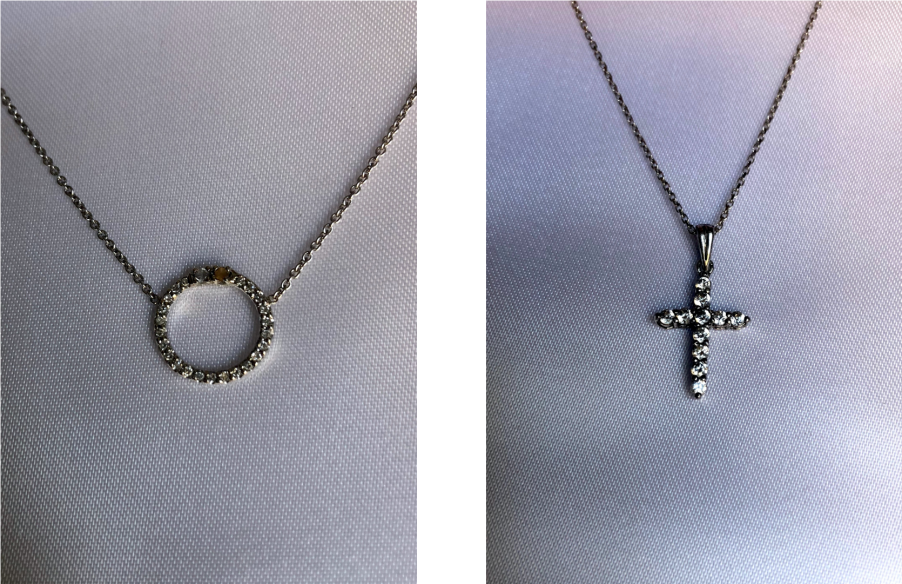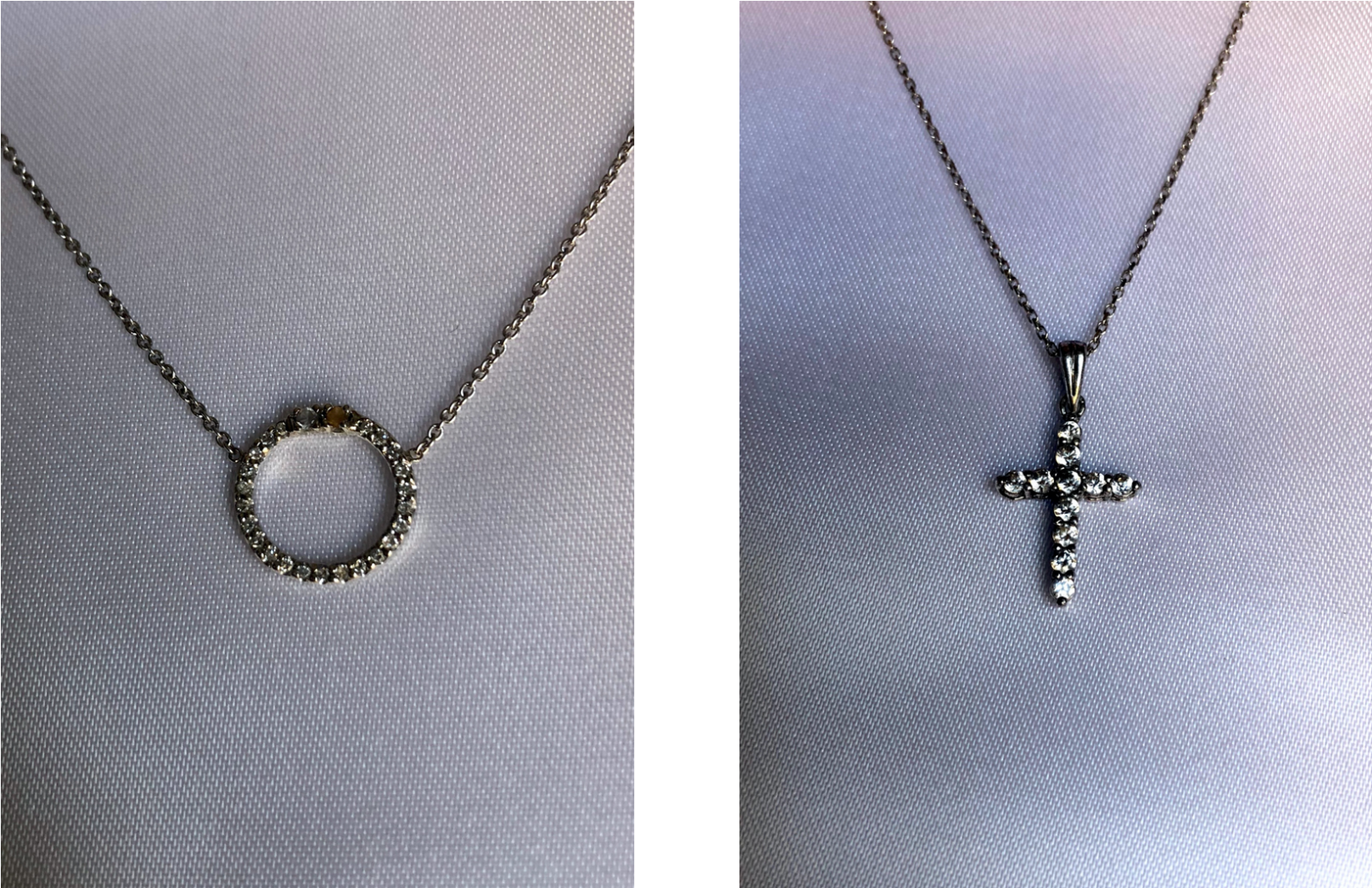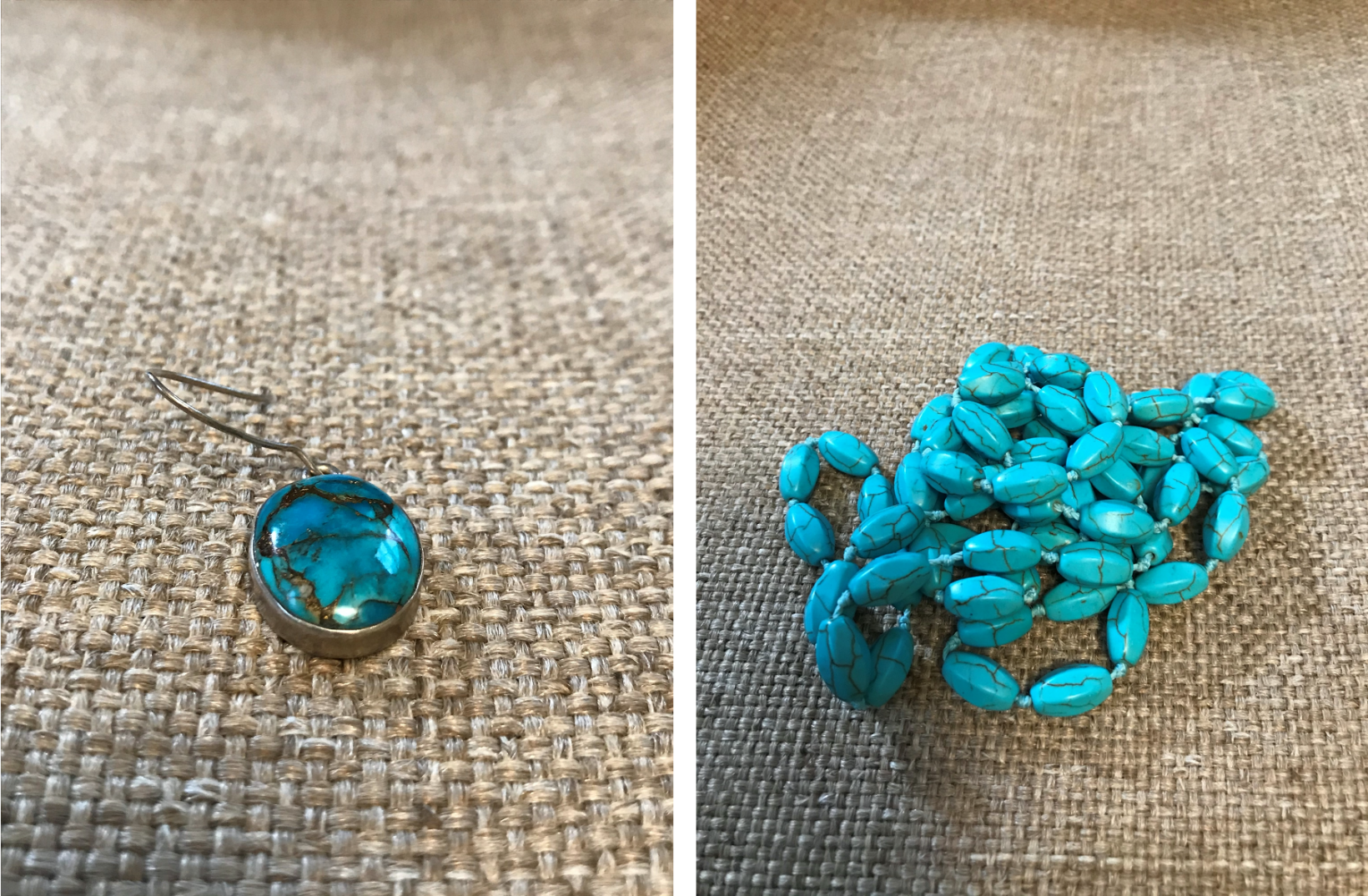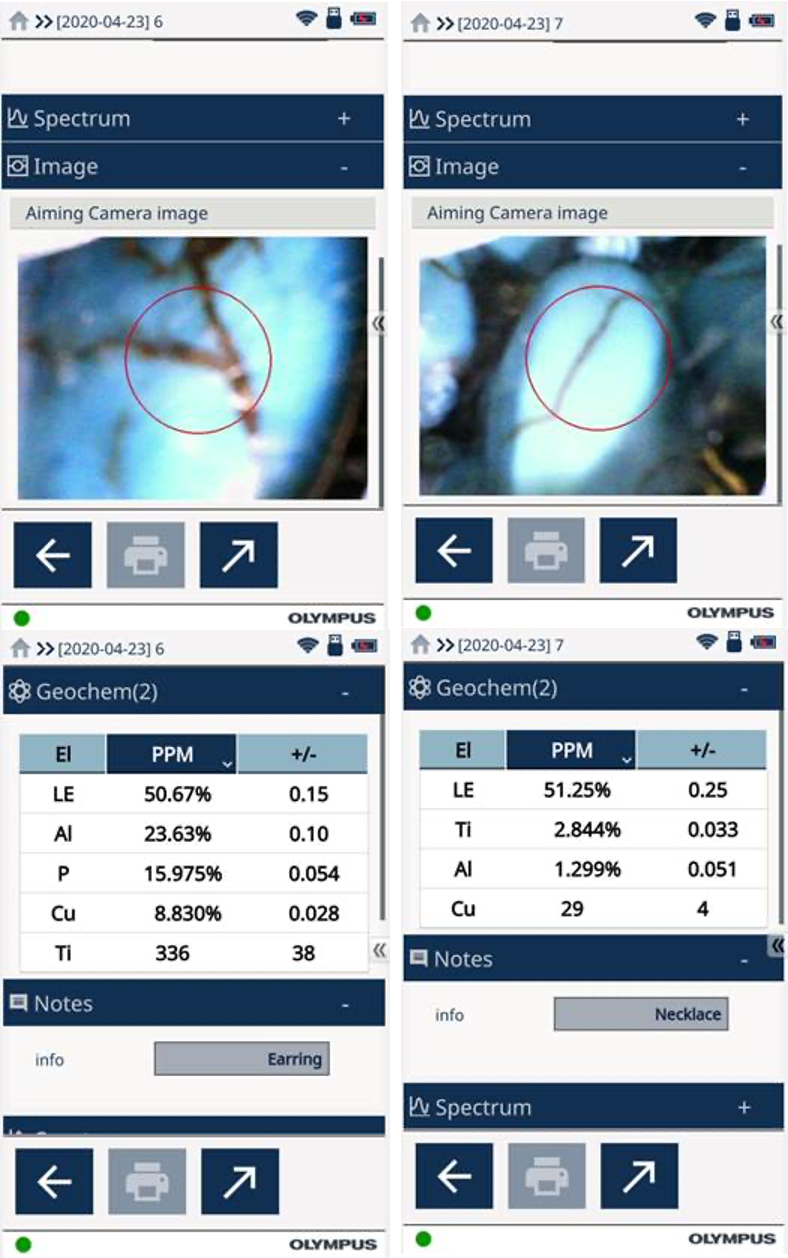Have you ever wondered if an heirloom ring contains a real diamond or just a rhinestone? XRF can help solve this mystery!
How to Spot Fake Gemstones: Telltale Signs and Smart Strategies
It may seem relatively easy to fake precious gems and minerals, such as pearls, diamonds, and turquoise. Yet, there are some telltale signs of fake stones.
For example, real diamonds generally sink when placed into water. They also won’t show fog when you breathe on them. Yet, these quick at-home methods aren’t foolproof and may not work with some types of false gems.
A more reliable way to quickly identify fake gems is through X-ray fluorescence (XRF). Handheld XRF analyzers like the Vanta™ series can quantify a wide array of elements (magnesium through uranium) down to the parts per million (ppm) level.
These instruments can help you sort real and fake stones in seconds using the elements in the analysis range, such as zirconium, copper, calcium, or aluminum.
One of the fake stones XRF can identify is cubic zirconia (CZ). CZ is the crystalline form of zirconium dioxide (ZrO2)—and it’s often used to mimic a diamond.
Cubic Zirconia vs. Diamonds: What’s the Difference?
At first glance, CZ looks like a diamond. But this synthetic gemstone is softer and lighter with rounder or smoother edges. It’s also more susceptible to wear and tear. Due to its optical similarity to a diamond, it’s often difficult to tell if a stone is a true diamond or CZ with a visual inspection.
More affordable diamonds are still around 100x more expensive per carat than CZ, so it’s critical to ensure that you’re purchasing the real thing. For instance, a one-carat piece of CZ may cost around $20. In contrast, the same one-carat cut of a diamond can cost $1,500 and up.
As the size increases, this difference does as well. This makes the financial implications even larger: a two-carat cut of CZ may retail around $30, while a two-carat diamond can go for at least $7,000.
The good news is, handheld XRF can tell the difference in seconds.
Identifying Authentic Diamonds with Handheld XRF Analyzers
To show you how XRF works, we tested true diamond and cubic zirconium pieces with Vanta instruments and then quantitatively analyzed the results. The test took five seconds. As a result, we could quickly identify the CZ piece from the diamond.
Check out the samples and results below:
Both pieces look similar, but their chemistries are far from alike. The Vanta analyzer identified zero zirconium in the diamond. In contrast, the zirconium (Zr) composition dominates the chemical analysis in the CZ piece.
Diamond is pure carbon, so it appears invisible to XRF. Carbon is outside of the elemental range of detection. Although we can’t directly detect the composition of the diamond, the presence and absence of Zr can be used to sort known fakes (CZ) from potentially real diamonds.
Diamond isn’t the only precious stone or gem that’s faked. Pearls and turquoise are two other common minerals that are often imitated. You can use Olympus XRF technology to distinguish between real and fake versions of these minerals as well.
Real vs. Fake Pearls: What’s the Difference?
Pearls are a unique gemstone found and extracted from mollusks. Pearls are mainly aragonite, a mineral composed of calcium carbonate. Due to their high value, there’s a large market for imitation pearls. While fake pearls may look like real ones, they generally have lower quality iridescence and are more susceptible to wear and tear.
Olympus Vanta XRF analyzers can analyze both real and imitation pearls, so we ran a test to show you how easy it is.
Identifying Real and Fake Pearls with Handheld XRF Analyzers
The analyzer calculated the percent of calcium carbonate (CaCO3) for both stones in a short test time—20 seconds. As a result, we could quickly identify the true pearl from its imitation. See the samples and results below:
The difference between the true and imitation pearl is striking. While the imitation stone has trace amounts of calcium carbonate (CaCO3), the true stone is nearly all CaCO3 with trace amounts of other organic and inorganic material. Like the comparison between diamond and cubic zirconia, the real and false gems are apparent when analyzed with a quick XRF test.
Now that we’ve covered how XRF can identify authentic pearls, let’s take a look at another commonly faked gem—turquoise.
Real vs. Fake Turquoise: What’s the Difference?
Turquoise stones, like diamonds and pearls, occur in nature but are often imitated. True turquoise is a hydrous aluminum phosphate with a copper base. As a result, it can be quickly identified with handheld XRF.
We ran another Vanta XRF test to demonstrate.
Identifying Real Turquoise Using Handheld XRF Analyzers
The results show the true turquoise has much higher levels of copper (Cu), phosphorous (P), and aluminum (Al) than the fake piece, as expected based on its mineralogy.
View the samples and results below:
All three of these elemental concentrations reveal the differences between the true and imitation turquoise stones. The difference is stark and easily obtainable using Vanta handheld XRF instruments.
XRF Results Give You Confidence in the Integrity and Composition of Gems and Jewelry
Vanta handheld XRF instruments show phenomenal performance when comparing the differences between real and imitation gems. Their accurate results enable you to be confident in the integrity and composition of gems and jewelry.
Related Content
All That Glitters Isn’t Gold: How to Spot Fake Bullion
Worth Its Weight in Gold: Detecting Counterfeit Jewelry with XRF
Brochure: Vanta Handheld XRF Analyzers
Get In Touch








